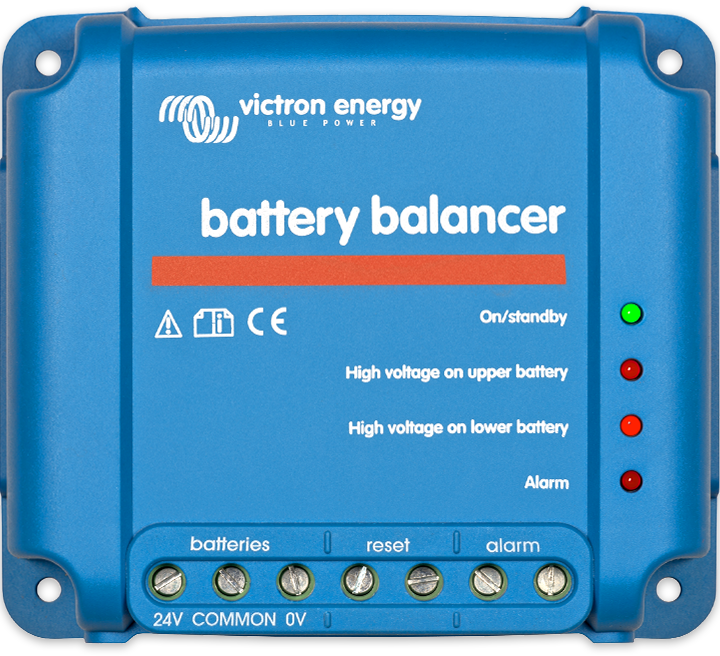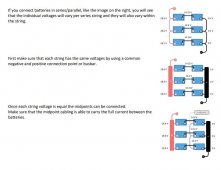Can batteries (AGM) simply be connected in parallel and left to rest to balance themselves?
I am awaiting a balancer to be delivered, and curretly have 4xAGM with mismatched voltages between 13-14Volts. Would like to be able to balance them just to ensure the charger does not over volt single battery when charging while waiting for my balancer.
My understanding was if you but them in parallel (no charger) then will balance themselves out.
Note they are all the same 12v, age, brand and Ah.
I am awaiting a balancer to be delivered, and curretly have 4xAGM with mismatched voltages between 13-14Volts. Would like to be able to balance them just to ensure the charger does not over volt single battery when charging while waiting for my balancer.
My understanding was if you but them in parallel (no charger) then will balance themselves out.
Note they are all the same 12v, age, brand and Ah.





